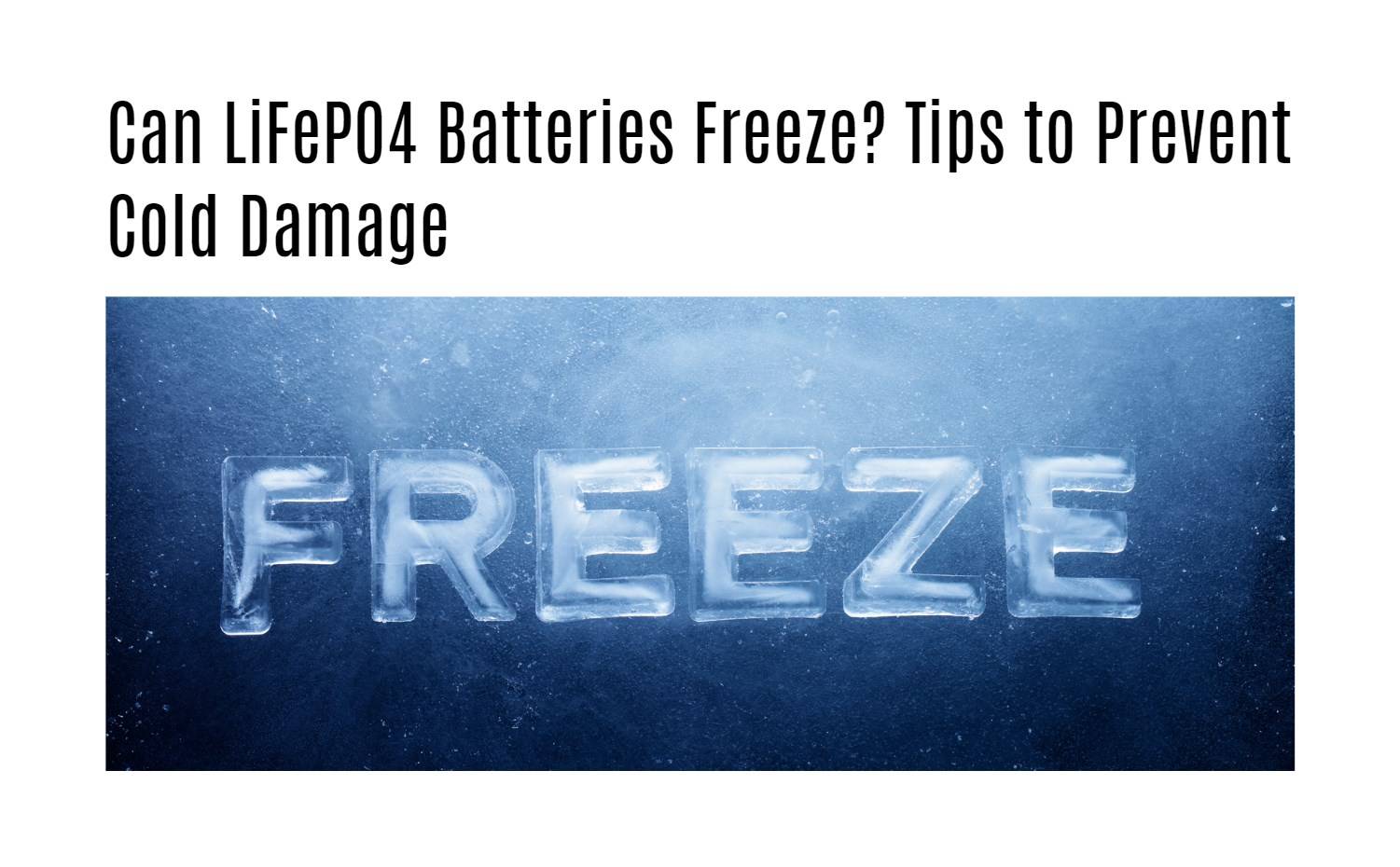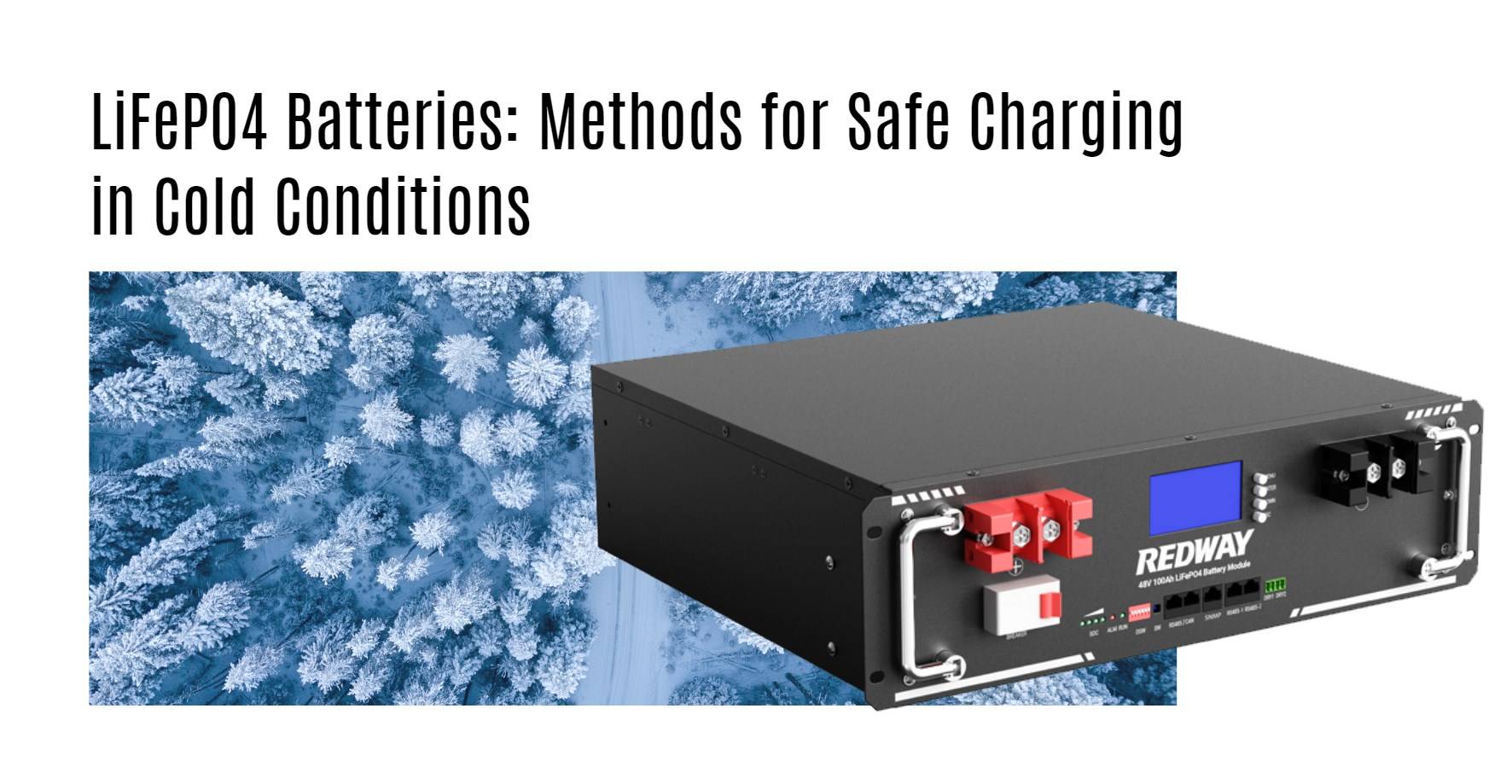This detailed guide provides essential steps and considerations for safely storing LiFePO4 batteries during freezing conditions. Whether you’re new to LiFePO4 batteries or looking to enhance your storage practices, understanding how to protect them in winter is key to maximizing their lifespan and performance.
Understanding LiFePO4 Batteries
LiFePO4, or Lithium Iron Phosphate, is a type of lithium battery renowned for its stability, safety, and longevity. Compared to lead-acid batteries, LiFePO4 batteries offer superior efficiency and can handle deeper discharges without degradation.
Key Features of LiFePO4 Batteries:
- Chemistry: Lithium Iron Phosphate (LiFePO4)
- Advantages: Extended lifespan, higher discharge efficiency, safe operation across various conditions
- Disadvantages: Higher initial cost, sensitivity to charging conditions in extreme temperatures
Preparation for Winter Storage
To ensure your RV or marine vehicle’s LiFePO4 batteries are ready for winter storage, follow these steps to protect them from freezing temperatures without affecting performance.
Charging Requirements
Before storage, charge your LiFePO4 batteries to an appropriate level:
- Optimal Charge Level: It’s recommended to keep the charge between 50% and 100%.
- Avoid Overcharging: Charging below freezing can cause lithium plating, leading to irreversible damage.
Disconnection from Electrical Systems
Prevent parasitic loads and maintain battery health by:
- Turning Off All 12-Volt Systems: Disconnect batteries from the RV’s electrical system.
- Using a Battery Kill Switch: Ensure no residual drain occurs by using the battery kill switch.
Safe Storage Practices
Maintaining proper storage conditions is vital for preserving the health of LiFePO4 batteries throughout the winter.
Temperature Considerations
Be aware of the sensitivity of LiFePO4 batteries to extreme cold:
- Freezing Point: Avoid storing batteries below the recommended temperature range (-20°C to +55°C).
- Heating Options: Use internal heating systems or insulated environments to keep batteries within operational temperatures.
Avoid Charging Below Freezing
Be cautious of the risks associated with charging LiFePO4 batteries in freezing conditions:
- Lithium Plating: The accumulation of lithium ions on the battery’s surface can cause permanent damage.
- Manufacturer Guidelines: Adhere to specific recommendations regarding temperature limits for charging LiFePO4 batteries.
Methods for Safe Charging in Cold Conditions
If charging is necessary during freezing temperatures, consider the following:
- Warm Up Batteries: Use built-in heating pads or external heating sources to raise the battery temperature before charging.
- Battery Management Systems (BMS): A BMS with temperature monitoring and heating capabilities ensures safe charging practices.
Practical Solutions
Implement these practical solutions to safeguard LiFePO4 batteries:
- Insulation and Heating Pads: Insulate batteries and use heating pads to maintain optimal temperatures.
- Monitoring Battery Temperature: Regularly check the battery temperature to ensure it remains within safe operating limits.
Conclusion
By adhering to these guidelines, you can effectively store LiFePO4 batteries during freezing temperatures, ensuring they remain in optimal condition for extended periods. Always follow manufacturer instructions and best practices to maximize battery lifespan and performance.



